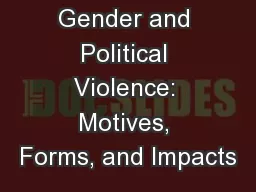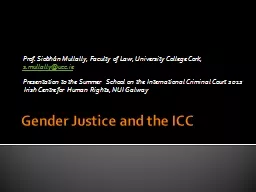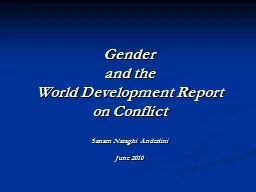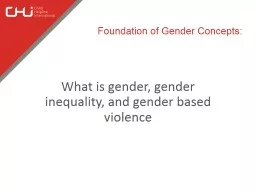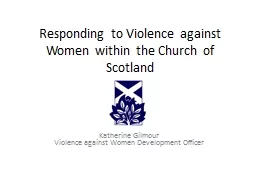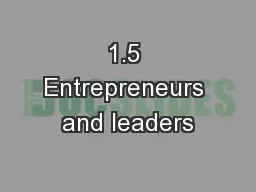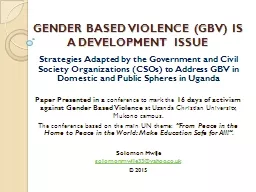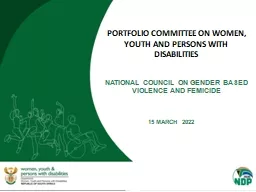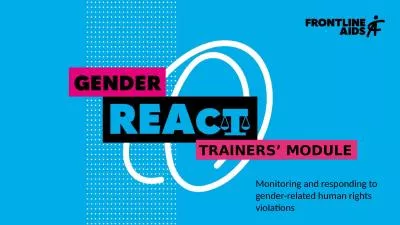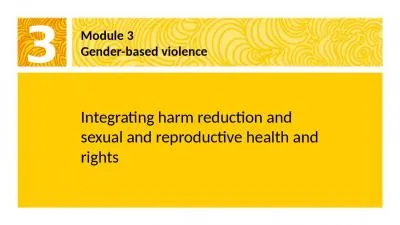PPT-Gender and Political Violence: Motives, Forms, and Impacts
Author : cheryl-pisano | Published Date : 2017-10-20
Gabrielle Bardall APSA Congressional Fellow Elin Bjarnegård Uppsala University Jennifer M Piscopo Occidental College Mapping Gender onto Political Violence
Presentation Embed Code
Download Presentation
Download Presentation The PPT/PDF document "Gender and Political Violence: Motives, ..." is the property of its rightful owner. Permission is granted to download and print the materials on this website for personal, non-commercial use only, and to display it on your personal computer provided you do not modify the materials and that you retain all copyright notices contained in the materials. By downloading content from our website, you accept the terms of this agreement.
Gender and Political Violence: Motives, Forms, and Impacts: Transcript
Download Rules Of Document
"Gender and Political Violence: Motives, Forms, and Impacts"The content belongs to its owner. You may download and print it for personal use, without modification, and keep all copyright notices. By downloading, you agree to these terms.
Related Documents

